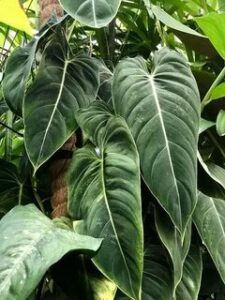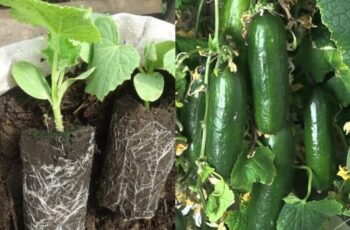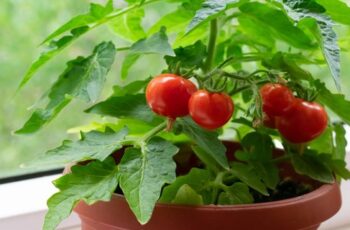Ad Blocker Detected
Our website is made possible by displaying online advertisements to our visitors. Please consider supporting us by disabling your ad blocker.
Plants are not always defenseless. If they are often appreciated for their decorative aspect, it is necessary to know that certain species are dangerous.
Discover 6 poisonous plants to avoid at home.
Table of content:
Philodendron, a poisonous climber
Hydrangea, beautiful from afar!
Belladonna: the poisoner
Christmas star or poinsettia, appearances are deceiving
Sage, the unlikely poisonous plant
Serpentaria: the toxic dragon
Plants embellish our interiors. They also purify the air inside and bring a natural touch to the decoration. But if there are many houseplants to grow at home, you should know that among them, some can be poisonous. Poisonous plants can indeed cause skin irritations, burns, heart problems, digestive problems… If you have young children and/or pets, choose your plants carefully before finding a place for them in the living room. We have a few for you:
here are 6 plants you should avoid having in your home.
1/Philodendron, a poisonous climber
Probably one of the most popular houseplants, philodendron is easy to grow. Although it is a decorative plant on its own, its stem contains calcium oxalate crystals (toxic substances for humans and animals). If ingested, the leaves can cause burning, swelling, and suffocation, and skin and eye irritation if in contact with the plant’s sap. The plant is particularly toxic in animals since it can cause severe digestive and respiratory disorders (spasms, convulsions, asphyxia…). If your dog or cat swallows a large quantity, take him to the vet immediately.
2/Hydrangea, beautiful from afar!
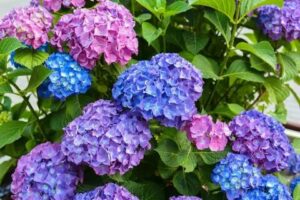
A plant with lovely blue, purple and pink flowers, the hydrangea is one of the most attractive flowering plants. But beware, its beauty is dangerous! Hydrangeas can be real poisons. The plant contains hydrangea, a toxic substance that causes the same poisoning as cyanide. In case of ingestion, it causes nausea, vomiting, abdominal cramps, diarrhea, and in the most serious cases leads to coma.
3/ Belladonna: the poisoner
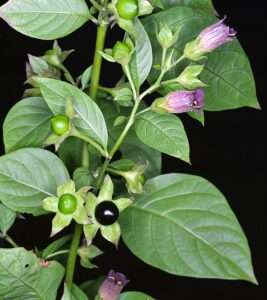
The plant is paradoxically known for its medicinal virtues: the leaves were formerly used as a poultice to calm the pain and it is used today in medicines against asthma and as an analgesic since one knows how to extract its active principle. In spite of its healing power, it is nonetheless toxic, since all the parts of this toxic plant are potentially fatal if its fruits are ingested: wild berries similar to blueberries can cause digestive, respiratory, and cardiac disorders, hallucinations, gastroenteritis, and muscular paralysis, to name but a few (5 berries for a child, about ten for an adult). Avoid at all costs this plant indoors, especially in the presence of children!
